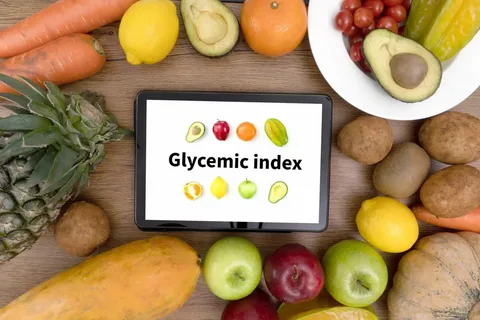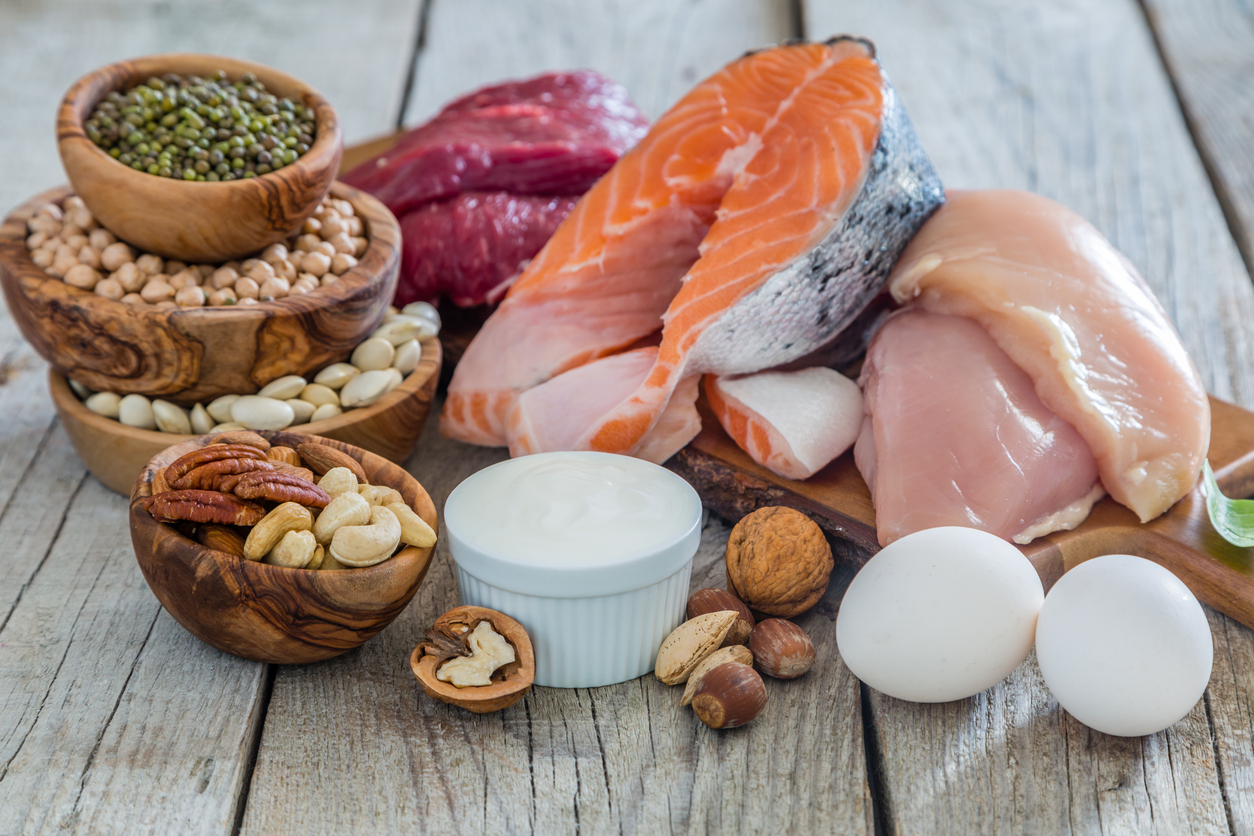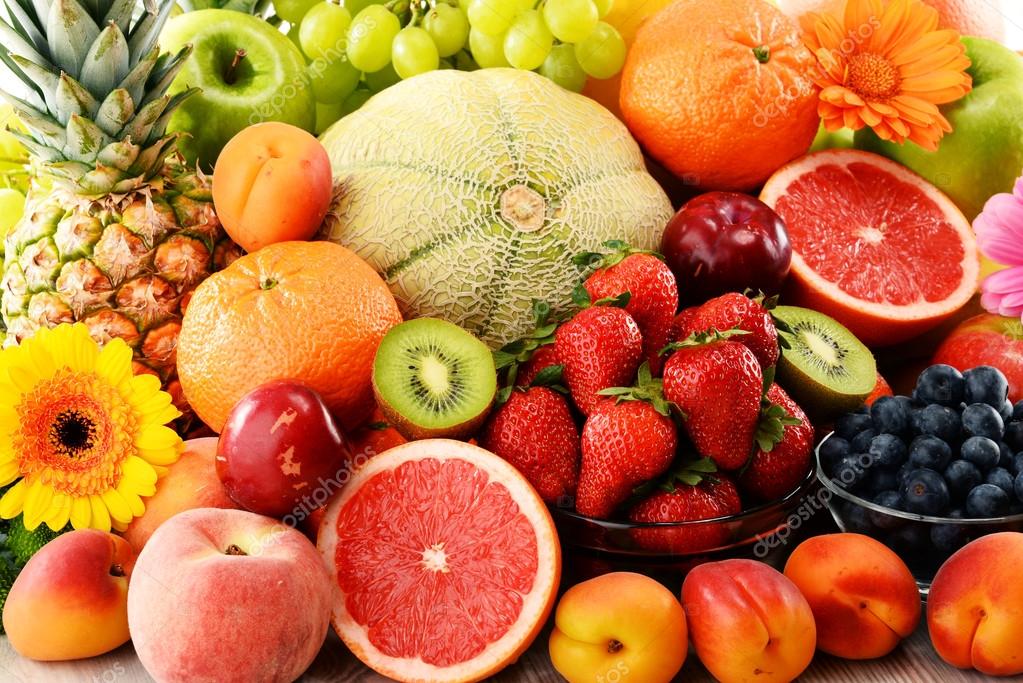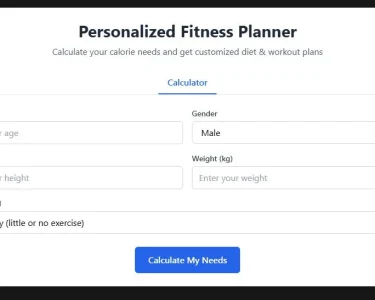Studies have found that replacing high-glycemic index carbohydrates with low-glycemic index foods improves glycemic control and reduces hypoglycemic episodes. This is the diet recommended by all major diabetes organizations.
The glycemic index only looks at carbs and not fats, proteins or alcohol. You need to include all food groups in a balanced way to manage diabetes.
Low-Glycemic Index Diet For Diabetes Control
Protein
Adding lean protein to your diet will help you feel full. It will also slow down the release of glucose from your body, which helps to keep blood sugar levels in check. Some examples of low-glycemic index proteins are fish, poultry, nuts, seeds and legumes. You should aim for about 3.5 to 4 grams of protein per day.
The glycemic index is a rating system for carbohydrate-containing foods that tells you how quickly they raise your blood sugar. Foods with a lower glycemic index, which are typically higher in fiber, release sugar into your blood stream slowly and steadily. Foods that are high in glycemic index, on the other hand, cause rapid spikes in blood sugar. Foods that are low in glycemic index include raw vegetables, most fruits, bran cereals, kidney beans, chickpeas and lentils.
A low-glycemic index diet can be a useful tool for people with diabetes. However, the glycemic index does not take into account the fact that foods are typically eaten in combination with other nutrients and calories, which can affect how they impact your blood sugar levels. For this reason, it’s important to combine a low-glycemic index diet with other healthy eating strategies.
In addition to following a low-glycemic index, you should try to reduce your overall calorie intake and eat more vegetables, whole grains, lean meats and non-starchy carbohydrates. It’s also a good idea to get plenty of physical activity and maintain a healthy weight, as obesity can make it more difficult to manage your diabetes.
Adding more high-fiber carbohydrate foods, such as vegetables and whole grains to your diet will improve your chances of managing your diabetes. You should also limit your intake of foods high in saturated fat, added sugar and salt. Talk to your dietitian for more information about diabetes and the best dietary choices for you.
Nuts & Seeds
Nuts (almonds, Brazil nuts, cashews, hazelnuts, macadamias, pecans, pine nuts, pistachios, walnuts and peanuts) are high in plant-based proteins and fibre that help to slow the absorption of glucose into the bloodstream. In addition, they contain a combination of monounsaturated fats and polyunsaturated fats that have been shown to improve insulin sensitivity.
Cross-sectional studies have found that nut consumption is associated with a lower risk of type 2 diabetes. However, prospective studies that assess the effect of nut intake on glucose metabolism have been limited. One SRMA, which followed participants for a median 6.2-year period, found that people in the highest nut intake tertile showed lower fasting serum glucose levels than those in the lowest tertile.
It is thought that this may be due to the fact that nut consumers are more likely to eat other high-fibre foods, which may balance out carbohydrate intake and reduce postprandial glucose peaks. However, it is also possible that the beneficial effects of nut consumption are more related to their unsaturated fat content, which has been shown to improve insulin sensitivity.
An SRMA examining the impact of different nut types on glycemic control and insulin resistance found that consuming walnuts was associated with lower HOMA-IR (odds ratio = 0.90; 95% confidence interval = 0.86-0.94). Despite the positive results, it is important to note that this SRMA did not account for body weight, which could have attenuated the impact of nut intake on glucose metabolism.
In addition to a low-glycemic index diet, the World Health Organization recommends that people with diabetes should consume plenty of vegetables and legumes (such as chickpeas, lentils, kidney beans), whole grains and reduced-fat dairy. In addition to these key nutrients, a person with diabetes should avoid sugar-sweetened beverages and processed foods high in saturated and trans fats. In addition, they should aim for regular physical activity and sleep. These simple lifestyle changes can have a major impact on long-term diabetic control and overall well-being. The WHO also advises that people with diabetes should consult their healthcare professionals about a personalised nutrition plan to ensure they are receiving optimal care.
Vegetables
A low-glycemic index diet can be an effective treatment for diabetes. Studies indicate that it can reduce fasting blood sugar and glycosylated hemoglobin (HbA1c) levels, as well as improve lipid profiles. It also may lead to weight loss, though not as much as a standard diabetes-control diet.
Carbohydrates are the body’s primary energy source, but some types of carbohydrates raise blood sugar levels more quickly than others do. The glycemic index, or GI, measures the ability of food to increase your blood sugar level after eating it. The index compares a food to a reference food, usually glucose or white bread. Foods with a GI of 50 or less are considered low GI foods, while those above 70 have a high GI.
The glycemic load, or GL, is a similar measure that takes into account the type and amount of carbohydrate in a serving of food. It also considers the fat content of a food, since ingested fat slows the rate at which carbohydrate is absorbed.
Ideally, you should try to eat low-glycemic index meals every day. Include a variety of fruits and vegetables, whole grains (unbroken rice, brown rice, millet, barley, wheat berries), whole-kernel breads, unsweetened oats, stone-ground, steel-cut, or muesli breakfast cereals, and legumes (kidney beans, four-bean mix, chickpeas). Avoid processed foods and refined grain products, white potatoes, concentrated sweets, and sugary beverages.
Eating a combination of carbohydrates from different sources is key to balancing your blood sugar. This allows you to eat the most nutritious diet possible while still managing your blood sugar.
Keep in mind, however, that the glycemic index does not cover all food groups. Some foods aren’t rated, such as those containing a small amount of fat, or that are high in calories. A balanced diet that includes a variety of food groups is the best way to manage your diabetes. If you are diabetic, a doctor can help you determine the right balance of carbohydrate-containing foods for your health needs. For example, he or she can teach you how to read food labels and choose appropriate portion sizes.
Fruits
One of the goals of a diabetic diet is to minimize dramatic spikes in blood sugar levels, so foods with a low glycemic index rating are important. These are foods that can help your blood sugar rise more slowly, and provide energy over a longer period of time, compared to refined carbohydrates like white bread or cookies (foods that have a high glycemic index rating).
The GI is one tool used by scientists to rate carbohydrate-containing foods, and is based on research where healthy volunteers consume food samples and then monitor their blood sugar levels. The more a food resembles pure glucose, the higher it is on the GI scale.
Foods that are high in fibre also tend to have a lower glycemic index rating, as they slow the breakdown of carbohydrates in the body. This is why whole grains, such as quinoa, barley and oats are a good choice for those on a low GI diet, along with beans, nuts, berries, and many fruits.
Fruits, both fresh and dried, have a low to moderate glycemic index rating, and are packed with essential vitamins and minerals. Add some berries to your smoothies for extra sweetness, or try a refreshing tropical fruit salad.
A small study comparing a low GI diet to the same diet but without the fruit found that the addition of two additional servings of low glycemic index fruit per day improved long-term blood sugar control and lipid profiles.
Keep in mind that the glycemic index has only been measured for certain types of food, and not every vegetable or piece of fruit. But the information from studies can give you a general idea of what to look for, and it will help you find the best way to eat to control your diabetes. It’s still important to count your carbs, and monitor your blood sugar regularly. But you can also use the glycemic index as an addition to your carb counting. It will help you choose healthier carbs, and may even help you lose weight in the process. Just be sure to talk to your doctor before making any changes to your diet.







